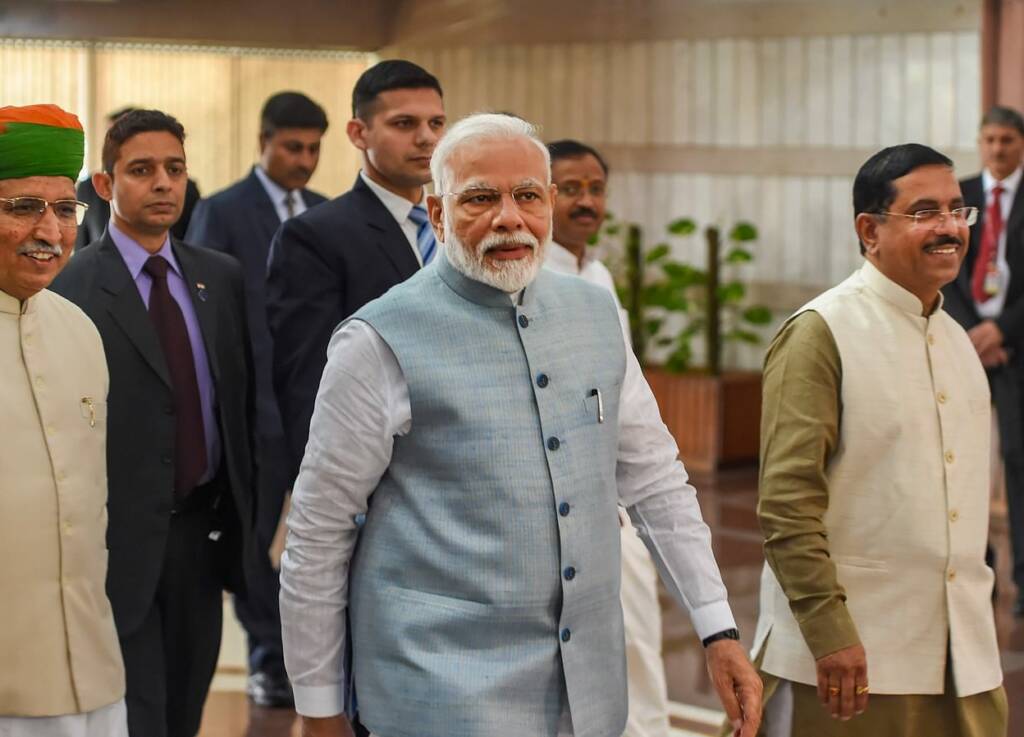A few months after the Modi government came to power in 2014, it envisaged the concept of Make in India. Although not among very successful programs of the government, it paved the way for thinking and strategising in that direction. And in the second term, the government not only renewed the vigour of Make in India for the world but also combined it with Atmanirbhar Bharat in order to promote domestic manufacturing.
The result of Make in India and Atmanirbhar Bharat is very much visible since the last few months as imports are on a nosedive drive while exports continue to rise.
As per reports from the Ministry of Commerce and Industry, India’s exports to the United States stood at 5.1 billion dollars in September 2020 which is 15.5 per cent higher than the last year. At the same time, imports from the US decreased by 34 per cent to 1.8 billion dollars in September this year compared to 2.8 billion dollars in the last year.
Also, exports to arch-rival China increased by 26.3 per cent to reach 10.6 billion dollars between April to September from 8.4 billion dollars in last year, while imports- which are now subject to severe restrictions unlike previous free flow approach- have dipped to 27.4 billion dollars from 36.3 billion dollars (a drop of 24.5 per cent) in the same period.
So, for both the countries, the exports figures have risen in double digits while imports have gone down by double digits, which is the first sign of India progressing towards being an export-led economy, for which, it has long dreamt. Being an export-led economy is essential for a country like India, which has a billion-plus workforce because all the people could not be employed if we continue to cater only to domestic demand.
All the East Asian countries which are densely populated like India and used to be at the income level of India a few decades ago, pursued export-led growth model to employ large numbers of people and present double-digit growth. India was left behind in the manufacturing sector- although it grew faster in services- due to the domination of PSUs in the strategic sectors like defence, electronics etc.
India’s long term competition is with the United States and China because the country is already the fifth largest economy in the world, in terms of market prices while fifth in terms of purchasing power. Even in terms of market prices, Japan and Germany- third and fourth-largest economies with 5 trillion and 4 trillion GDP respectively, would be left behind in the next few years.
So, to march ahead of long term competitors- the United States and China- India must have trade, technology, soft power and hard power advantage over them. The Atmanirbhar Bharat Abhiyan combined with Make in India would help the country to build domestic capabilities in manufacturing.
The hindrance behind domestic capability in domestic manufacturing was the restriction on entry or skewed market condition for private players. Since the Modi government had made clear that all the PSUs in non-strategic sectors and even the strategic sectors would not have more than four or five PSUs, the private players are ready to give India fillip in the manufacturing, as they did in the services sector in 1991.
There is a bullish approach towards manufacturing in the data of the last few months. The foreign exchange reserves went up by 70 billion dollars during the April to September period. Imports have not picked up despite the fact that the economy was in a normal phase in September while exports went up. These are good omens and suggest that India is ready to show its manufacturing prowess to the world in the next few years.
